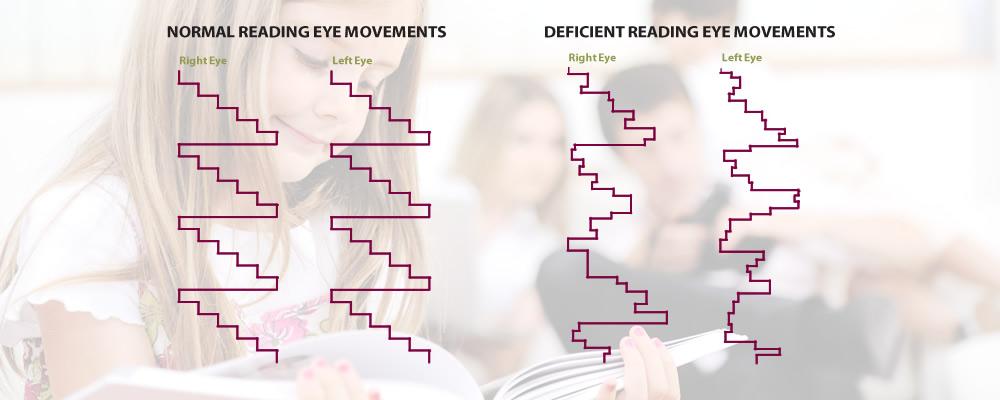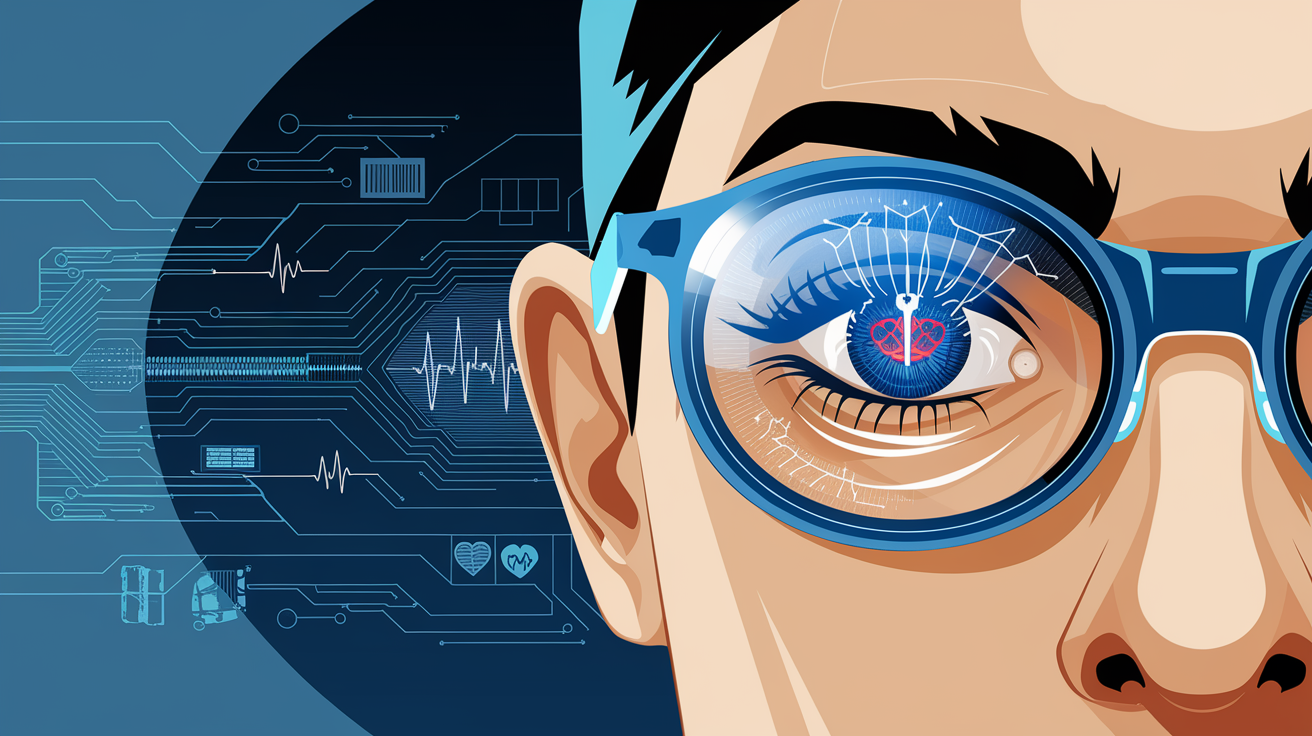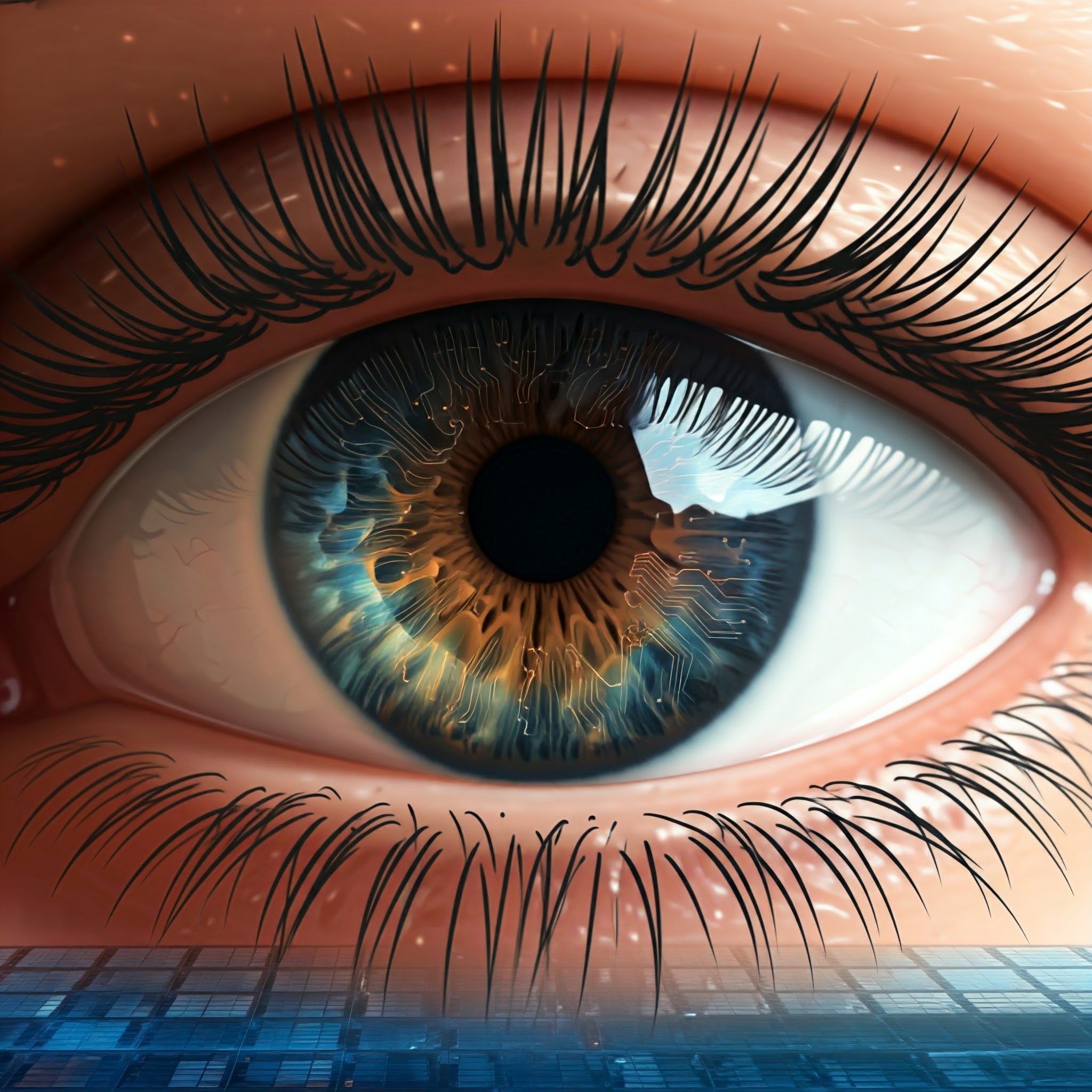The human eye is a window to the soul, but it can also be a window to our health. Researchers are increasingly exploring the potential of CMOS image sensors and eye-tracking technology for early disease detection. This opens exciting possibilities for improving preventive care and potentially saving lives.
Beyond Vision Tests:
Traditional eye exams are crucial, but they may not always catch the subtle changes that can be early indicators of disease. Research like the one published in the IEEE Transactions on Medical Imaging, 2023 titled “Machine Learning for Early Glaucoma Detection Using Corneal Topography and Perilimbal Blood Flow Data,” explores the use of machine learning and CMOS image sensors to analyze corneal topography and blood flow patterns. This approach holds promise for early glaucoma detection, a leading cause of blindness.
A Glimpse into the Future:
CMOS-based eye tracking has the potential to revolutionize early disease detection in various areas:
- Neurological disorders: Analyzing pupil response patterns can potentially aid in the diagnosis of conditions like Alzheimer’s disease and Parkinson’s disease.
- Diabetes: Eye tracking technology can help detect diabetic retinopathy, a complication of diabetes that can lead to vision loss if left untreated.
- Mental health: Research suggests eye movements may offer insights into mental health conditions like depression and anxiety, paving the way for potential diagnostic tools.
Challenges and Opportunities:
While the potential of CMOS-based eye tracking in early disease detection is promising, there are challenges to address:
- Standardization and validation: Further research and collaboration are needed to establish standardized protocols and validate the effectiveness of this technology for various diseases.
- Data privacy concerns: Ensuring user privacy and data security is paramount as eye tracking data can be sensitive.
- Accessibility and inclusivity: Developing affordable and adaptable eye tracking systems is crucial to ensure equitable access to this technology.
The Way Forward:
The future of healthcare is becoming increasingly personalized and preventive. CMOS-based eye tracking technology holds immense potential to contribute to early disease detection, enabling timely interventions and improving patient outcomes. By addressing the challenges and upholding ethical principles, we can unlock the true potential of this technology to safeguard our health and well-being.




